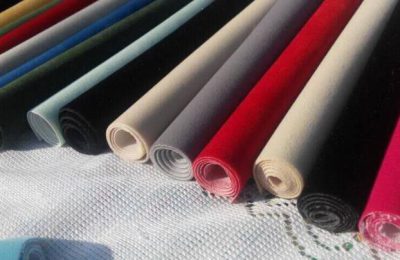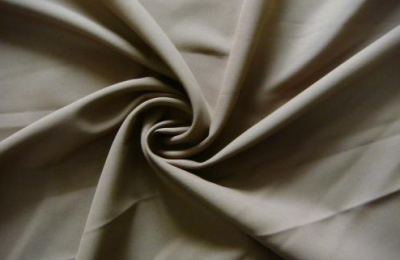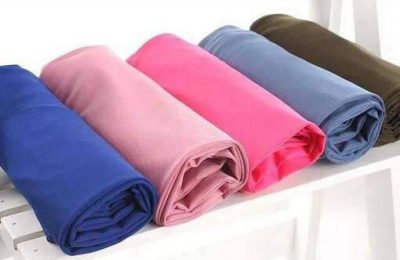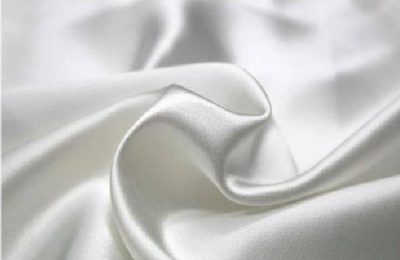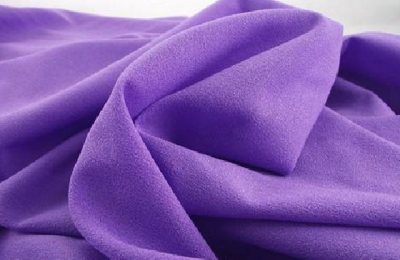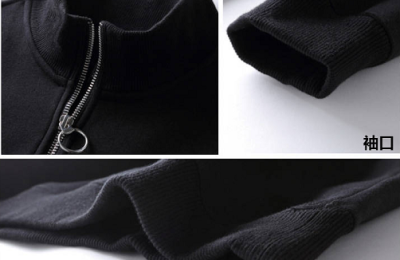Clean room filter materials were first accidentally discovered by Dr. Roy J. Plunkett of the United States in 1938. They were officially put into industrial production by DuPont in 1950. This material enjoys the reputation of “King of Plastics”.
In the entire construction engineering system, clean room engineering can be regarded as a relatively obscure sub-division project.
It usually appears in hospitals, pharmaceutical factories, and industrial dust-free workshops.
Clean room engineering is a complete system, which includes building structure, building decoration, wind system, gas system, water system, chemical supply system, power distribution system, automatic control system, equipment installation, fire protection system, and shielding Facilities and anti-static facilities.
The clean room filter material has strong hydrophobicity, chemical resistance, waterproofness and low wind resistance, and can achieve high dust removal efficiency. For some extremely small particles with a diameter of 0.1um-0.3um, the filtration level can be Reach H13-U16.
It can withstand acid and alkali erosion in the entire PH value range under continuous operating temperature of 240°C and instantaneous temperature of 260°C, does not absorb moisture, and can withstand ultraviolet radiation.
PTFE membrane manufacturer specializes in the production of clean room filter materials. It has a full set of advanced production equipment and technology. It also has an advanced clean room and an independent composite slitting workshop to ensure the production quality of PTFE membrane; the product materials produced are all Using imported raw materials, it has high uniformity, stable performance, good air permeability, and the filtration efficiency can reach 99.999995%! It can basically meet the filtration efficiency grade requirements of sub-high efficiency, high efficiency and ultra high efficiency filters.
</p



